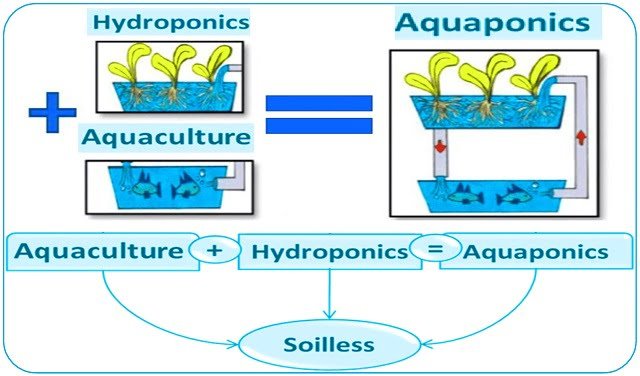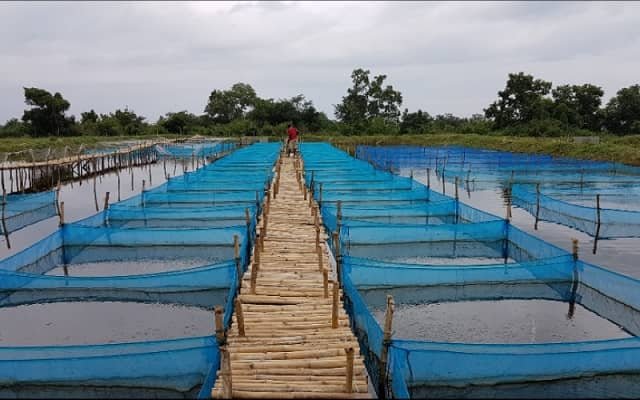
The United States hosts one of the largest and most diverse seafood markets in the world, offering consumers a wide variety of species and products. With approximately 90% of the seafood supply coming from imports, the U.S. retail seafood market is highly competitive and constantly evolving.
A recent study, published by researchers from Tennessee Tech University, Mississippi State University, and Virginia Tech University, analyzes retail scanner data from September 2016 to August 2021, providing valuable insights into the factors driving seafood consumption in the U.S. This article delves into the study’s key findings, highlighting trends, consumer preferences, and viable strategies for retailers and producers.
The role of data in understanding consumer behavior
Retail scanner data, collected through Universal Product Codes (UPC) at grocery store points of sale, has become an indispensable tool for understanding consumer behavior. Unlike surveys, which rely on hypothetical scenarios, scanner data captures real-world purchasing decisions, providing a more accurate reflection of consumer preferences.
The study, published in the Journal of the World Aquaculture Society, used NielsenIQ ScanTrack data to analyze weekly sales trends in general seafood categories, as well as specific segments such as finfish, crustaceans, and mollusks.
The key variables examined in the study included:
- Price: The cost of seafood products.
- Production method: Whether seafood was farm-raised or wild-caught.
- Promotional practices: The impact of discounts and promotions.
- Product form: Frozen, refrigerated, or prepared seafood dishes.
- Labeling: Private labels, company brands, or unlabeled products.
- Seasonality: Sales trends across different seasons.
- Regional variations: Differences in sales across U.S. regions.
- Pandemic effects: Changes in consumption patterns during COVID-19.
Key findings: What drives seafood sales?
Price sensitivity
Price emerged as a critical factor influencing seafood purchases. The study found an inverse relationship between price and the quantity of seafood sold. As prices increased, sales volumes declined, underscoring the importance of competitive pricing in the retail seafood market.
Aquaculture products gain popularity
Aquaculture-produced seafood had a positive impact on sales, suggesting that consumers are increasingly receptive to farm-raised seafood. Farmed seafood offers greater consistency and stability in production and quality.
This trend aligns with the growing emphasis on sustainability and traceability in seafood production.
Stay Always Informed
Join our communities to instantly receive the most important news, reports, and analysis from the aquaculture industry.
Promotions drive sales, but with diminishing returns
Promotional activities, such as discounts and special offers, positively influenced seafood sales. However, the study observed diminishing marginal returns, indicating that while promotions are effective, their impact decreases over time.
Seasonal and regional variations
Seasonal trends played a significant role in seafood sales. In spring, overall seafood and finfish sales increased, while crustacean and mollusk sales declined. Regionally, the Southern U.S. consistently outperformed other areas in seafood sales, highlighting the importance of tailoring marketing strategies to regional preferences.
Pandemic-induced consumption shifts
The COVID-19 pandemic significantly affected seafood consumption patterns. With restaurants closed or operating at reduced capacity, at-home seafood consumption increased. Retail seafood sales were notably higher during the pandemic, reflecting a shift from dining out to eating at home.
The power of private labels
Private-label seafood (store brands) and unlabeled products outperformed company-branded seafood. This suggests that consumers trust store brands and are willing to purchase unlabeled products, possibly due to lower prices or perceived value.
Types of seafood
The study also analyzed findings for specific seafood categories:
Finfish
- Consumers preferred farm-raised fish over wild-caught fish.
- Whitefish products had lower demand compared to other fish types.
- Fish product demand increased in spring and declined in fall and winter.
- Consumers preferred fresh fish over frozen or refrigerated options.
Crustaceans
- Demand for crustaceans increased significantly during the COVID-19 pandemic.
- Consumers preferred frozen or refrigerated crustaceans over fresh ones.
- Value-added crustacean products were perceived as better value.
Mollusks
- Demand for mollusk products increased during the COVID-19 pandemic.
- Frozen and refrigerated mollusks had higher demand compared to non-frozen/non-refrigerated options.
Implications for retailers and producers
The study’s findings have several important implications for aquaculture producers:
Pricing and demand
The study found that seafood demand is relatively inelastic to price. This means that price changes have a relatively small impact on the quantity demanded. Therefore, aquaculture producers may have some pricing flexibility but should be aware that even small price increases could generate higher revenue.
Aquaculture as an advantage
The study highlights a positive preference for aquaculture products in the retail market. This suggests that aquaculture producers can benefit by emphasizing that their products are farm-raised, which may attract consumers who value consistency and stability in production and quality. This represents a competitive advantage for aquaculture over wild-caught seafood.
Strategic promotions
Promotions have a positive impact on sales, but with diminishing marginal returns. This implies that producers should be strategic in their use of promotions, as increasing promotion frequency may not lead to a proportional increase in sales. Producers should focus on more targeted promotions rather than mass campaigns.
Adapting to consumer preferences
Producers should consider consumer preferences regarding product presentation. For example, the study found that frozen and refrigerated products are preferred by consumers, while certain product types are less popular. Additionally, producers should consider package size, as larger packaging generates higher demand.
Branding and labeling importance
The findings indicate that unlabeled products and private labels positively influence sales. This means that aquaculture producers may consider offering their products through private labels or as generic products to attract a specific market segment that prioritizes price or value.
Regional considerations
The study found differences in seafood demand by region. The Southern U.S. consistently showed a positive effect on seafood sales, while the Northeast region exhibited relatively lower demand. Producers should consider regional particularities and adapt their marketing strategies to local preferences.
Pandemic effects
The COVID-19 pandemic drove an increase in at-home seafood consumption. Aquaculture producers should consider that consumption patterns may fluctuate due to external events and be prepared to adapt to changes in consumer behavior.
Differences by seafood type
Producers should be aware that demand varies by seafood type. For example, farmed fish products are preferred over wild-caught ones. Crustaceans are preferred frozen or refrigerated, while mollusk products saw an increase in demand during the pandemic. This suggests that producers should either specialize or diversify based on market trends.
Value-added products
While value-added products offer convenience, they may have lower demand due to higher prices. However, in the case of crustaceans, value-added products were positively perceived by consumers. This suggests that producers should carefully evaluate the costs and benefits of offering value-added products.
Ultimately, aquaculture producers must stay informed about market trends, adapt their production and marketing strategies to consumer preferences, and be aware of factors influencing seafood demand, such as price, branding, region, product presentation, and external events like the pandemic. The study suggests that aquaculture offers competitive advantages, but producers must optimize their offerings and commercialization strategies.
Conclusion
The U.S. retail seafood market is dynamic and influenced by multiple factors, ranging from prices and production methods to seasonal trends and global events like the COVID-19 pandemic.
By leveraging retail data analysis, this study provides a comprehensive understanding of consumer preferences and market trends. For retailers and producers, these insights offer a roadmap to optimize strategies, enhance consumer engagement, and drive growth in an increasingly competitive market.
Contact
Lianqun Sun
School of Agriculture, Tennessee Tech University
Cookeville, TN 38505, USA.
Email: lsun@tntech.edu
Reference (open access)
Sun, L., Kumar, G., & Engle, C. (2025). Factors influencing seafood sales in US retail markets. Journal of the World Aquaculture Society, 56(1), e70000. https://doi.org/10.1111/jwas.70000
Editor at the digital magazine AquaHoy. He holds a degree in Aquaculture Biology from the National University of Santa (UNS) and a Master’s degree in Science and Innovation Management from the Polytechnic University of Valencia, with postgraduate diplomas in Business Innovation and Innovation Management. He possesses extensive experience in the aquaculture and fisheries sector, having led the Fisheries Innovation Unit of the National Program for Innovation in Fisheries and Aquaculture (PNIPA). He has served as a senior consultant in technology watch, an innovation project formulator and advisor, and a lecturer at UNS. He is a member of the Peruvian College of Biologists and was recognized by the World Aquaculture Society (WAS) in 2016 for his contribution to aquaculture.




